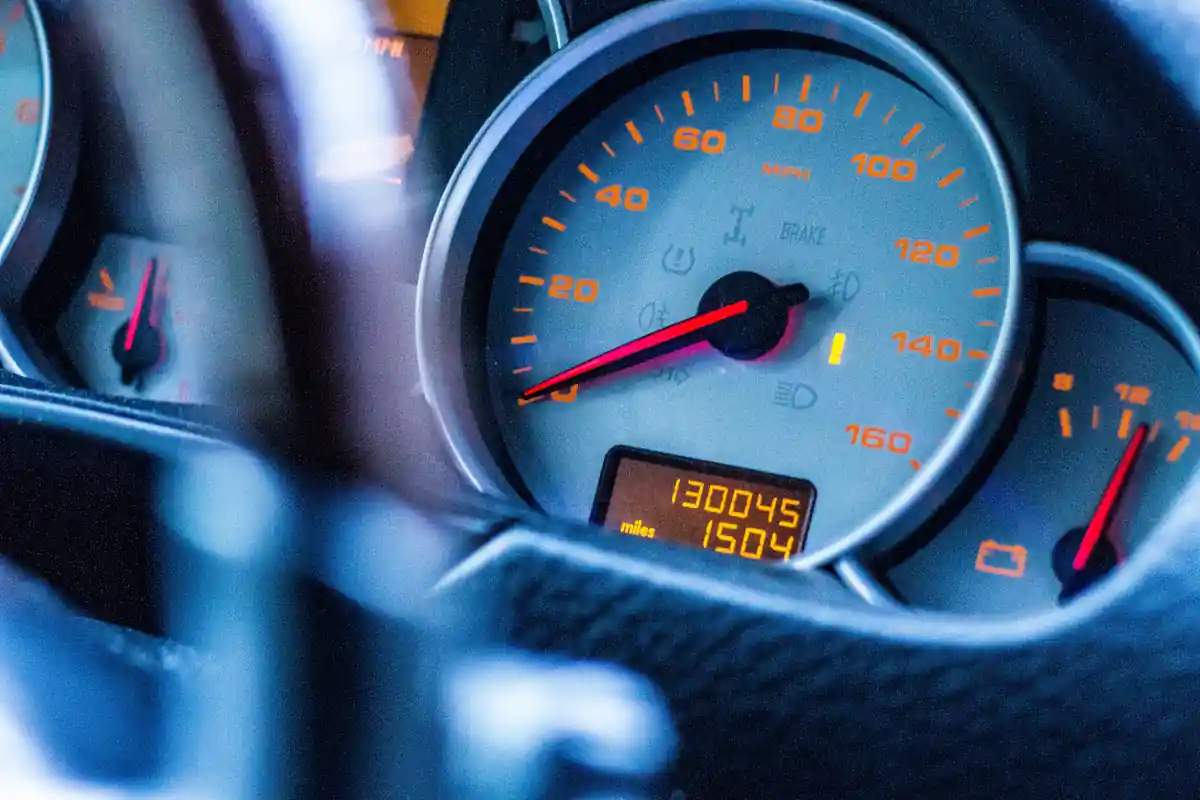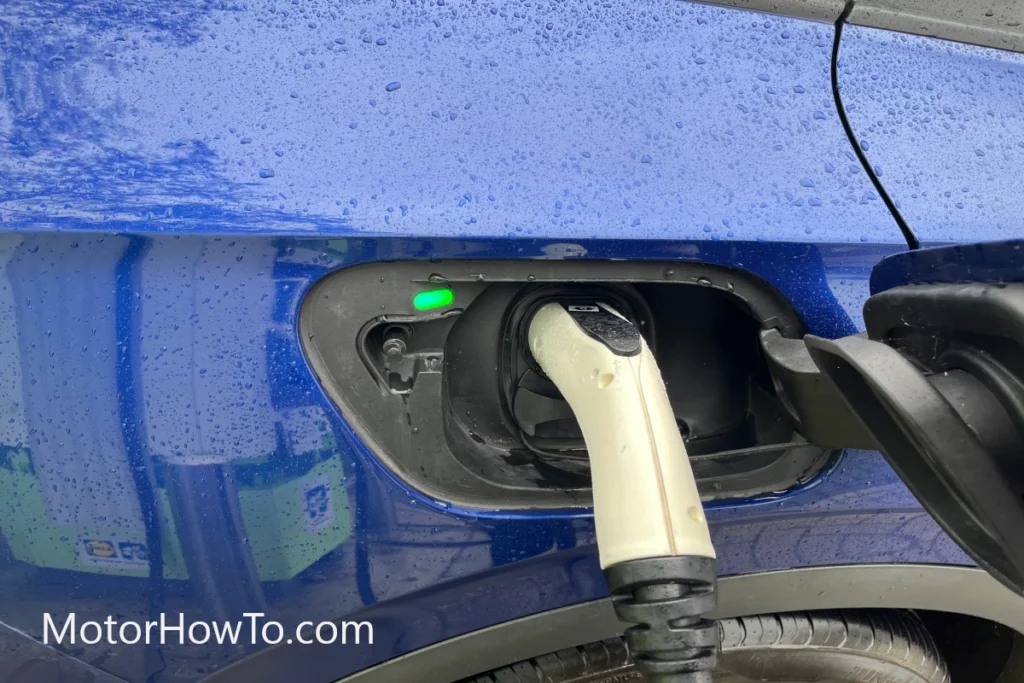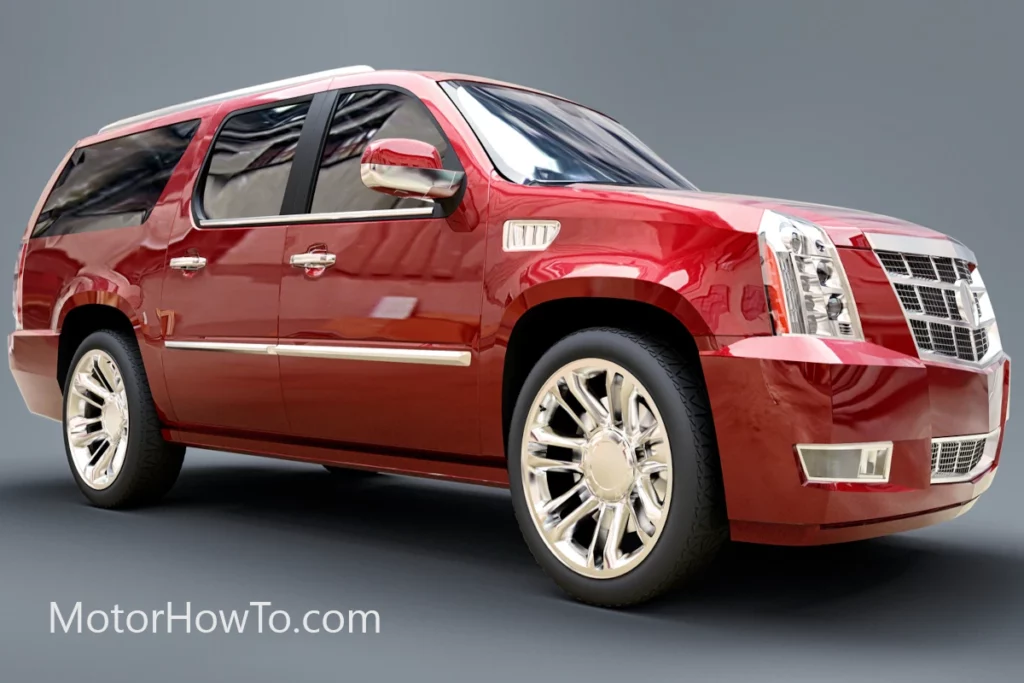As we technologically grow towards the digital age, the way our vehicles are designed is also in line with the digital trend of the world today.
That said, the different components of our vehicles have now been replaced by their digital counterparts as instruments such as the odometer is now digital.
What is a digital or electronic odometer and how does it differ from mechanical odometers?
A digital odometer is an odometer that makes use of electronic signals to display the digital value of our vehicle’s mileage onto the dashboard or the instrument cluster. In a way, digital odometers rely on the recorded values that are saved on the car’s ECU (Electronic Control Unit) to determine the overall mileage of the vehicle.

Digital odometers are great in today’s more modern world because they take away the need for us to rely on analog and mechanical odometers that aren’t very reliable because of how they can be rolled back easily.
As such, if you want to buy a newer vehicle, it is best to make sure that its instrument cluster is fully digitized so that it will be easier for you to not only know your mileage but to have a good record of your mileage in the ECU.
What is a digital or electronic odometer?
At this point, you probably already know how important your odometer is to your vehicle.
That’s because the odometer is what is responsible for making sure that your car’s mileage is properly recorded.
The mileage of any vehicle is very important in terms of when you want to make sure that you have a good record of how often the car is used.
So, when you are planning on selling your vehicle, the mileage that is reflected on the odometer is one of the more important factors that people look at.
That said, we now live in a day and age where odometers are also evolving as a result of the improvements in technology.
As such, the instruments on our dashboard or instrument cluster have also evolved to reflect their digital versions.
That’s why we now have digital odometers, which are the evolved versions of the mechanical odometers that we had in the past.
Digital odometers are still odometers in the sense that they have the very same function as any kind of odometer.
That means that they will still keep a record of the car’s overall mileage. But the way a digital odometer works is almost entirely electronic as the mechanical part of the older analog odometers has already been rendered obsolete.
So, instead of using gauges and numbers that move through the use of gears, our instrument clusters now use numbered values and digital versions of gauges to reflect the values on the dashboard.
The same goes for digital odometers, which make use of digital values to show you your car’s total mileage instead of actually using moving gears that move numbers.
How does a digital odometer work?
Now that you know what a digital odometer is, it is now necessary for us to know how it works.
Knowing how a digital odometer works is the best way for us to determine how it differs from the usual kind of odometer, which uses mechanical components and mechanisms to work.
So, first off, digital odometers work by making use of a magnetic or optical sensor that counts the pulses of a toothed wheel that is connected to your tire system.
As such, whenever the toothed wheel moves in response to the movements of the tires, the sensor will be able to record the movements of the toothed wheel and record it.
The sensors will now transmit the revolutions or movements of the toothed wheel over to the car’s engine control unit or ECU, which is basically the computer that controls all of the vehicle’s instruments.
A car’s ECU is basically the mainframe of the entire system as it acts as some sort of a local area network where it contains all of the necessary data related to the instruments on your dashboard.
After getting the transmitted data from the sensors, the ECU will use a mathematical algorithm to actually make use of the data and calculate the distance that the vehicle has traveled based on the number of “pulses” that the optical sensors were able to record and on certain values such as the sizes of the car’s tires.
From there, the ECU will be able to show the value of the car’s mileage based on how many pulses the ECU has received from the magnetic sensors.
The value will be reflected in digital format on the car’s instrument cluster through the digital odometer. Read here to find out more about how digital odometers work.
This digital odometer’s location can vary but, in most cases, it is usually located close to your speedometer because of how the odometer and the speedometer are traditionally located close to one another.
And the reason for that is due to how traditional odometers and speedometers use the same tire data to record their values.
Is a digital odometer better than a mechanical odometer?
So, at this point, we already know how a digital odometer works, which is different from the way a mechanical odometer functions.
But is a digital odometer actually better than a mechanical odometer?
In some ways, yes, a digital odometer is better than a mechanical odometer because of the very fact that it will be very difficult to roll back a digital odometer in comparison to its mechanical counterpart.
A mechanical odometer can easily be rolled back by merely tampering with the gears on the odometer.
On the other hand, the values of a digital odometer are recorded in the car’s ECU, which is very difficult to tamper with.
That means that the odometer that you see on your dashboard is only there to show you the mileage and is not there to actually serve as the instrument that records and keeps track of your mileage.
Instead, the ECU is actually responsible for keeping track of the mileage and will simply just allow the digital odometer to reflect it.
Read here about how odometers could break.



